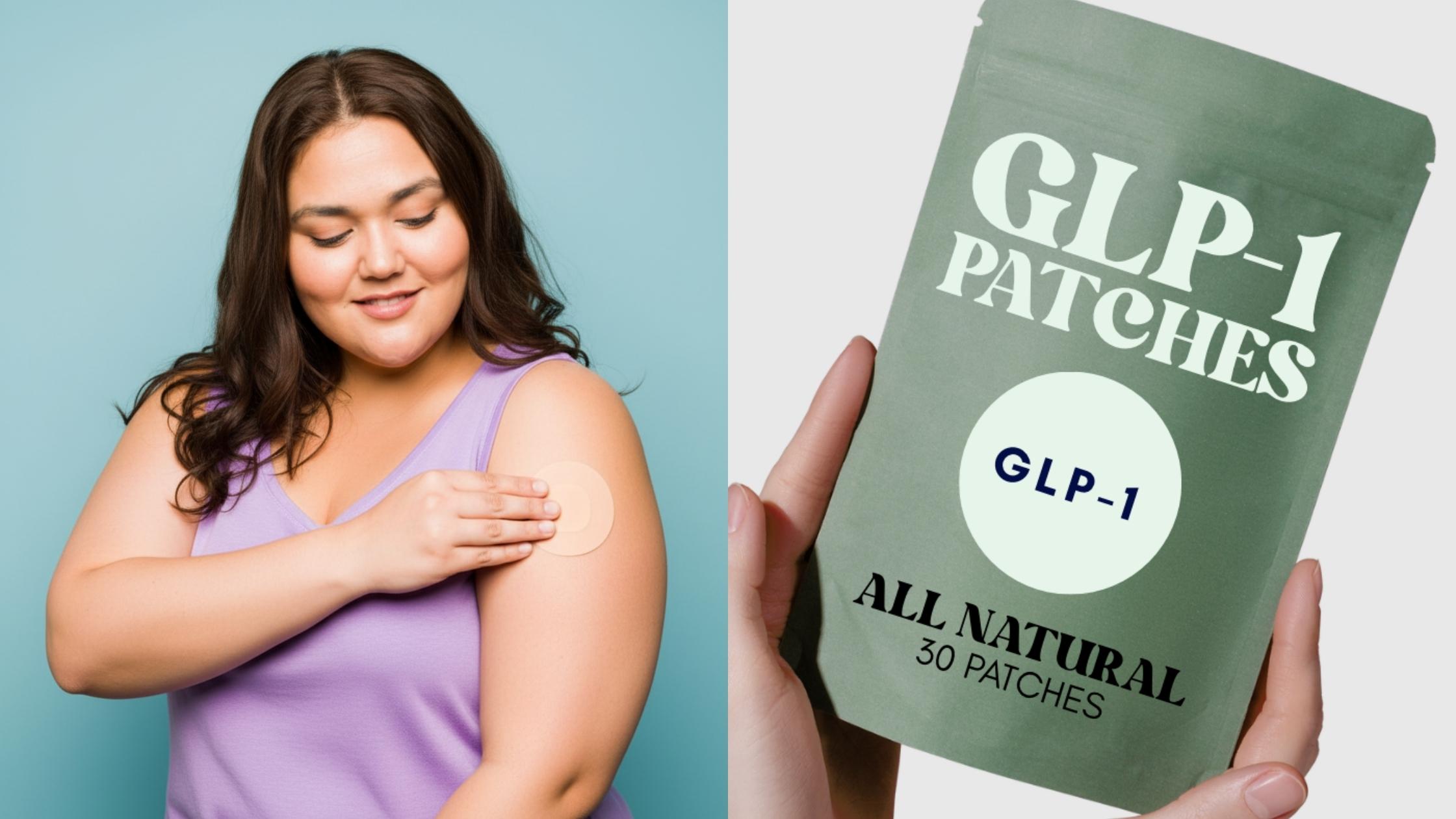The Buzz About GLP-1 Patches: Do They Work and Can You Get One?
The world of weight management and metabolic health has been transformed by GLP-1 agonists like semaglutide and tirzepatide. For many, these medications become a routine, powerful part of their health journey. But with the desire for even greater convenience, a new question is emerging: What about a patch?
The idea is certainly appealing - a simple, discreet patch you stick on your skin instead of an injection. But with advertisements and online products starting to appear, it's crucial to separate fact from fiction.
So, do GLP-1 patches work, and are they available? Let's break it down.
The Allure of a GLP-1 Patch: Why the Excitement?
It's easy to see why many people would be interested in a patch for GLP-1 medications. The potential benefits are significant:
- Painless and Needle-Free: For those with a fear of needles, a patch is the ideal solution.
- Convenience: A simple "stick-and-go" method could make adherence even easier.
- Steady Delivery: A transdermal patch could deliver the medication slowly and continuously over time, which might potentially reduce the intensity of side effects like nausea that can occur with a weekly bolus injection.
- Lower Cost: The current "GLP-1 Patches" on the market are roughly $1 per day, which is a lot cheaper than other GLP-1 options on the market.
The Big Question: Do GLP-1 Patches Work?
Here is the most important takeaway: As of late 2025, there are no FDA-approved GLP-1 medication patches (semaglutide, tirzepatide, or others) commercially available from a legitimate pharmacy.
If you see a product online or on social media being marketed as a "semaglutide patch" or a "weight loss GLP-1 patch," you should be extremely cautious. These products are not legitimate, FDA-regulated pharmaceuticals. They are often unregulated, may contain no active ingredient at all, or could include unknown substances that are ineffective and potentially harmful.
The Science Challenge: Why Isn't It Simple?
Putting a complex medication into a patch isn't as easy as it sounds. The primary obstacle is the skin itself. Your skin’s main job is to be a barrier - to keep things out.
GLP-1 agonists are large peptide molecules. They are significantly larger than the molecules in a typical nicotine or birth control patch, making it very difficult for them to pass through the skin's protective outer layer and into the bloodstream in a therapeutic dose.
However, scientists are actively working to solve this problem. The most promising technology in development is the microneedle patch. These are not like a simple sticker; they are advanced patches fitted with hundreds of microscopic, dissolvable needles made of the drug itself or other biocompatible materials. When applied, these tiny needles painlessly penetrate the very top layer of skin, allowing the large drug molecules to be absorbed effectively.
While several biotech companies are in the preclinical or early clinical trial phases of developing these microneedle patches, they are still years away from being reviewed by the FDA and available to the public.
How to Spot a Fake or Misleading GLP-1 Product
Protect your health and your wallet by looking for these red flags:
- It's Available for Purchase Now: Since no GLP-1 patch is currently FDA-approved, anything you can buy today is not a legitimate medical product.
- It's Marketed as "Herbal" or "All-Natural": These products often use misleading language to suggest they work like prescription GLP-1s without containing the actual medication.
- No Prescription Required: A real GLP-1 medication requires a prescription from a licensed healthcare provider.
- Sold on a Marketplace, Not a Pharmacy: Legitimate prescription drugs come from licensed pharmacies, not from Amazon, TikTok Shop, or standalone e-commerce websites.
What Does Work? Current Approved Methods
While we wait for future innovations, it's important to stick to the safe and proven delivery methods that are available today under a provider's care:
- Subcutaneous Injections: This is the gold standard for semaglutide and tirzepatide. The once-weekly injection is a highly effective and reliable method for ensuring the medication is absorbed properly.
- Oral Pills: Science has also progressed to create an oral form of semaglutide. This shows that non-injectable options are possible, but it comes with very specific instructions (like taking it on an empty stomach) to ensure absorption. An oral form of tirzepatide is still in clinical trials.
The Final Verdict on GLP-1 Patches
GLP-1 patches represent a very exciting future for medicine, promising a more convenient, needle-free way to manage weight and metabolic health. Researchers are making progress with innovative technologies like microneedle patches.
However, that future is not here yet. For now, any GLP-1 patch being sold is not a legitimate, tested, or safe pharmaceutical product.
Always consult with your healthcare provider to discuss the best treatment options for you. Your health is far too important to risk on unproven products. Stick with the science-backed, prescribed methods that are known to be safe and effective.
Want to explore weight management programs at GobyMeds? Click here to get started to see if you qualify!
Disclaimer: This content is for educational purposes only and is not a substitute for professional medical advice. Always consult with a qualified provider to determine if a particular treatment plan is right for you. Compounded drugs are not FDA-approved and do not undergo safety, effectiveness, or manufacturing review. Compounded tirzepatide is not FDA-approved and may only be obtained with a prescription from a licensed healthcare provider.




.svg)